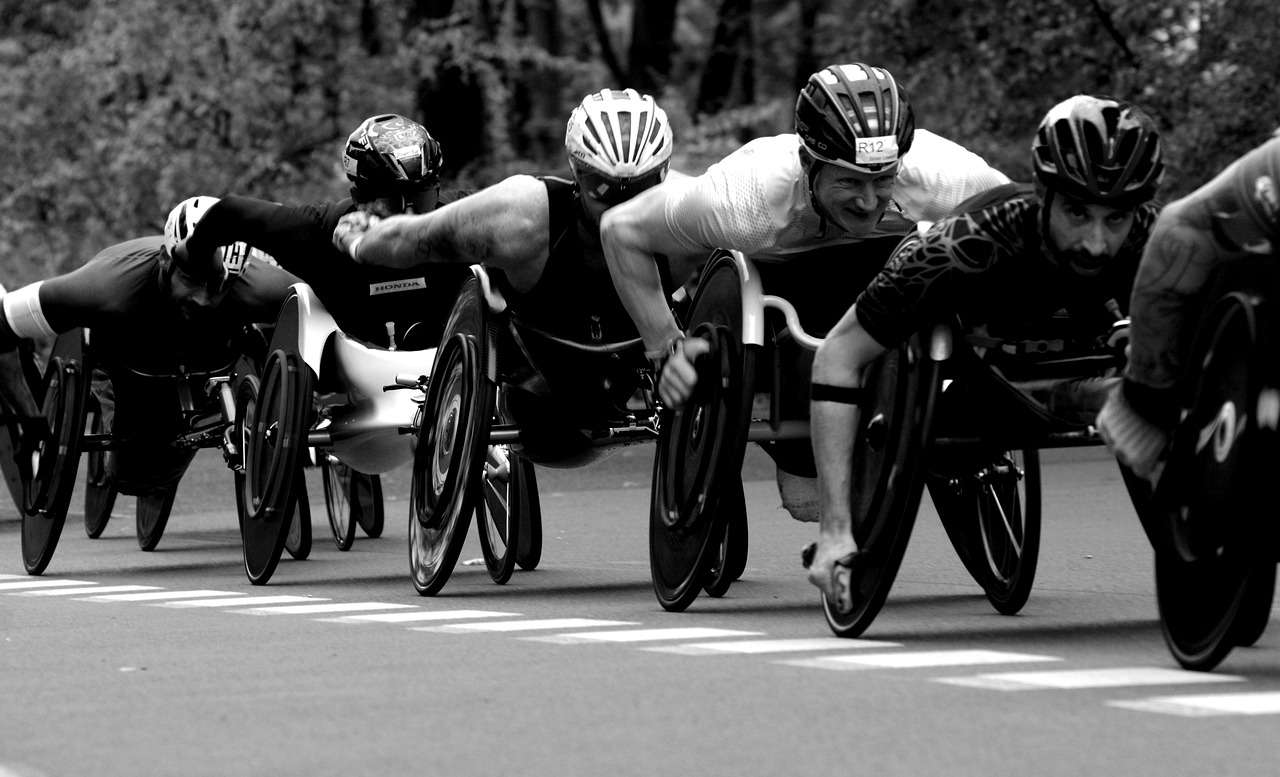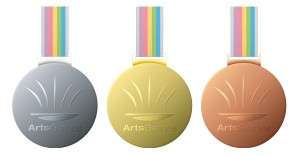A culture of inclusion
Working with the Canadian Paralympic Committee
A Path Forward
IPAFA teams up with the Paralympic Committee to bring attention to the incredible talents of athletes with physical disabilities.



The Power of the Arts
Jim Murray had experienced how Paralympics athletes had been treated over the years, as the Director of Games for the Canadian Olympic Association. His heart was broken when he realized that he was a part of a group of decision makers, who, to protect their brand, had refused permission to allow the Canadian Paralympic team to emulate their uniforms.
When Mr. Murray stayed behind after one Olympic Games to ensure that the Paralympic athletes were set up properly in the village after the Olympic Games, he couldn’t find them at the airport. After hours of waiting, he discovered that they were in front of him but as he was looking for the red and white colours, he didn’t see them sitting in their wheelchairs dressed in purple.
Mr. Murray brought to the team’s attention that IPAFA’s mission, to demonstrate excellence in all cultures, had not considered all cultures. People living with physical challenges represented 12 percent of the Canadian population, yet many find themselves virtually unseen and at best a last consideration.
Mr. Murray introduced IPAFA to the Canadian Paralympic Committee, and this introduction inspired IPAFA to continue its efforts to bridge divides. This more inclusive approach produced a similar event for Canadian Paralympians that was staged in Atlanta for Canadian Olympians in 1996.
It was a learning moment for the IPAFA organization.
Highlighting the Diverse Talents
Athens 2004 Paralympic Games
The 2004 Paralympic Games were held in Athens, Greece.
Holding true to its mission, IPAFA brought artists from various parts of Canada to perform for the Paralympians. The budgets were practically non-existent for this type of initiative.

A New Opportunity
An opportunity to satisfy two objectives came to light, as a result of this effort. There was a six-week pause between the Olympic and Paralympic Games.
Broadcast Support
As a broadcast producer, Sweeney knew that television was a way to finance the initiative in a relatively short period of time.
There was no money for show development. The team took on the expense of development and prep, receiving the broadcast financing on the way to the airport as they headed for Athens.

What if there were arts competitions in between?
This could provide continuity between the Games. World-renown artists could promote Paralympians on the greatest lead-in platform in the world, proceeding the Paralympic Games. This would create excitement during the pause.
Salute to Paralympians
Mission Accomplished
Artists with physical disabilities were flown to the Athens Paralympic Games for the performances. This was filmed as the television special Celebrate, and a three-part television series was subsequently produced.

Mr. Brian MacPherson, the CEO of the Canadian Paralympic Committee, assisted IPAFA in resuscitating its efforts.
In recognition of the IPAFA’s efforts to bring greater awareness to Canadian Paralympians, IPAFA was granted a license as the Official Supplier of Arts and Entertainment to the Canadian Paralympic Committee.
He introduced the team to the International Paralympic Committee (IPC).
Communications began to flow. The IPC relied on a handful of full-time staff in Europe to manage the multitude of logistics involved in staging Paralympic activities.
The IPC was willing but innundated with the Paralympic Games logistics, which caused the time frame for confirmations to stretch into the 2008 Beijing Olympic and Paralympic Games.
IPAFA Broadcasts
A continuing focus on demonstrating excellence in all cultures

Creating tv series
IPAFA did not stand still while waiting for confirmations. Instead, it continued in its mission by producing television shows about Paralympians.
Striving to be inclusive is an ongoing process. Every organization and individual can benefit from this model.
IPAFA produced this three-part television series to promote athletes who had won Gold medals at the Games. Each athlete in turn brought us a step closer to understanding our shortcomings.
The series was called Champions for Change.
Episode One
This half hour doc provided context and history of the Paralympic Games.
EPISODE TWO
This episode showcased Canada’s most medaled Paralympic athletes.
EPISODE THREE
This final episode brought to light the obstacles faced by the most gifted athletes.
For example, Jeff Adams a Paralympic gold medalist, demonstrates what it is like to try to visit monuments in Athens, in a wheelchair, as he climbs the steep steps to a tourist attraction in his chair .
Planning for the Major Presentation to Build an Arts Bridge Between the Games.
The four keys that were necessary to reach this IPAFA goal!

the IPC
The IPC was an independent organization, sanctioned by the IOC and given some support to stage their event through their Host City negotiations.

the IOC
The IOC has a complex set of licensing rules to protect its brand. It rarely gives independent initiatives support for projects during the Games, as it is a Host City licensed event.

the sponsor
Sponsors are focused mainly on the Olympic Games and know that numbers of viewers dwindle during the Paralympic Games
the broadcaster
Broadcasters were an important lever for IPAFA’s programming. With licensing, it provided the budgets needed to support the path forward.
